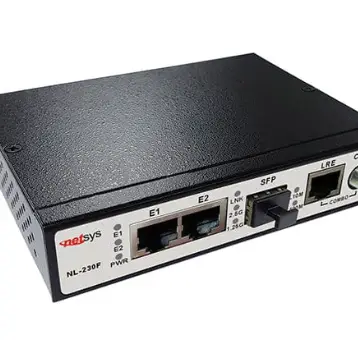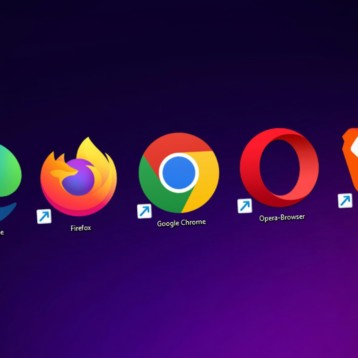
Many small business owners are taking advantage of e-commerce. E-commerce is a great way to scale your revenue streams. You will be able to reach people all over the country, rather than relying entirely on people that live in your area.
Unfortunately, making money through e-commerce is a lot harder than you might think. The average failure rate of e-commerce businesses is estimated to be around 80%. Some experts believe that the risk of failure as an e-commerce business is as high as 97%.
The statistics might seem ominous, but you shouldn’t let that discourage you. Your odds are going to be a lot better if you are using e-commerce as a supplemental strategy to your regular operations, because you are already going to be carrying a lot of inventory that you can sell in your brick-and-mortar store. Also, you will have a higher success rate if you are willing to follow the right guidelines.
There are a number of things that you can do to increase your odds of succeeding with e-commerce. Some of these most important steps are listed below.
Have the right payment gateways
You need to make it as easy as possible for customers to make payments. You should have a variety of payment options, since you don’t know which they will prefer. If you plan on invoicing customers, you will want to use a free invoice generator to make it quick and easy.
Design specific landing pages for different products
One of the biggest mistakes that many new e-commerce entrepreneurs make is trying to drive all of their traffic to their homepage. This might be a decent strategy for businesses that are only selling a couple of main products or services.
However, this is not usually the best strategy if you are trying to operate an e-commerce business with a lot of different products. Customers are going to have a difficult time finding the specific products that you’re trying to promote if you simply direct them to your homepage and expect them to spend several minutes or more trying to navigate to the product they are looking for.
Your conversion rates are going to be a lot higher if you direct customers to specific landing pages that cater to individual products that you are trying to promote. You should have at least one landing page for every one of your primary products. You might even want to create several variations of each product landing page that will be optimized for different demographics and traffic sources.
Remove social media and homepage links from your landing pages
One of the most common things that any social media marketer will tell you is that you should share your social media links everywhere. They believe that you should make a primary goal to throw your social media following as much as possible.
They aren’t entirely wrong, because it is usually worth trying to generate some new social media followers when you can. However, there are some important exceptions to this rule.
One place that you should not be sharing your social media links is on your e-commerce landing pages. You don’t want to create any unnecessary distractions for your potential buyers. The last thing that you want is for them to click on your social media links and leave your sales page without ever returning.
You also don’t want to have a highly visible homepage link or other navigation elements on your main landing pages. You want to keep visitors on your site as long as possible, so that they will make a purchase, join your email list or take other conversion actions.
Focus primarily on inbound marketing strategies in the beginning
There are a lot of different ways that you can try to reach prospective customers. Some forms of marketing are known as interruption marketing. These include using banner ads on other sites and aggressive social media marketing strategies.
Although interruption marketing can have its place, it is a long-term investment that can be a lot of work without paying any dividends for months. You can easily get frustrated building an interruption marketing strategy that might never work. It can also be very costly if you aren’t sure whether or not your products and landing pages are on point.
This is why it is better to focus on inbound marketing strategies instead. These include using PPC ads to reach potential customers or building an email list to engage with them. You will see a return on your investment a lot more quickly and know whether or not there are important elements that you need to change.
Understand the basics of SEO
Search engine optimization (SEO) is a very important part of online marketing business practices. It is something that e-commerce companies cannot afford to overlook. Around 51% of all Internet traffic comes from organic search results, so you need to make sure that your e-commerce website is optimized with this in mind.
You need to make it a priority to understand the basics of SEO. You might want to spend some time researching different blogs on search engine optimization to know what the most recent best practices are.
Go with the expectation that you’re going to need to remove certain products from your inventory
Many ecommerce marketers have found that the vast majority of products that they carry are not in high demand. They might start off promoting 100 products and discover that only five of them are actively purchase by customers.
You need to pay close attention to the products in your inventory that are in the most demand. You shouldn’t be afraid to get rid of products that are not selling, so you can make room for ones that will get a better reception from customers.







![10 Top Game Sites Not Blocked By School [2024 Updated]](https://thefutureofthings.com/wp-content/uploads/2024/10/image-25-358x358.png)


